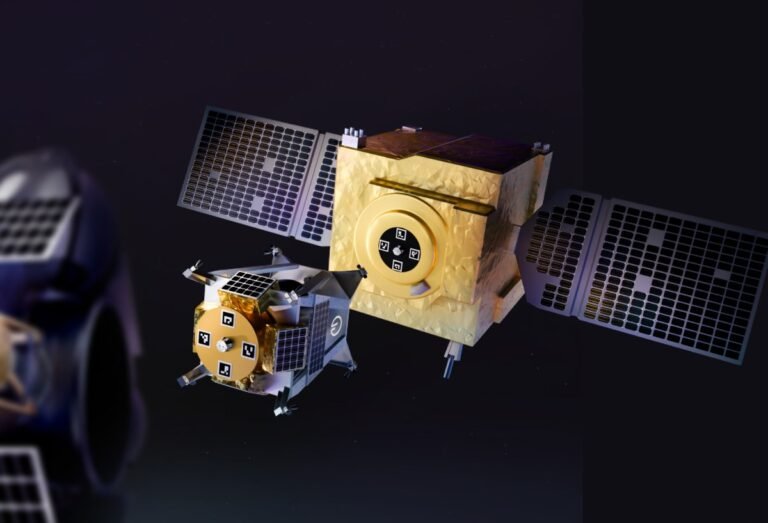
On its website, Orbit Fab says its hydrazine delivery service in geostationary orbit will cost $20 million for up to 100 kilograms.
Given the simplicity of the architecture, nailing each part of the hardware is critical; hence why it’s taken years for Orbit Fab to debut the refueling port.
Orbit Fab is aiming to sell 100 fueling ports this year, which will put the RAFTI “on a decent percentage of satellites going to orbit,” Faber said.
“SpaceX has made rockets reusable, Orbit Fab makes satellites reusable,” Faber said.
The same is true of satellites: if you’re not making your satellites reusable, you’re just putting preordained junk into orbit.”

Just like battery-electric cars 20 years ago, hydrogen fuel cell cars suffer from the old chicken and the egg problem.
Nobody wants to buy a fuel cell vehicle until the supporting infrastructure is in place, but it’s tough to invest in infrastructure when nobody owns a fuel cell vehicle.
Honda sees four ways to apply the second-generation hydrogen fuel cell: in consumer and commercial fuel cell vehicles, in stationary power stations and in construction machinery.
Honda learned that Clarity Fuel Cell owners usually drove very short distances, five or 10 miles at a time and a hydrogen fuel cell isn’t the most efficient on quick trips.
The fuel cell CR-V has a 10.2-inch digital gauge cluster with all the power-delivery information your nerdy brain could possibly want.

Just like battery-electric cars 20 years ago, hydrogen fuel cell cars suffer from the old chicken and the egg problem.
Nobody wants to buy a fuel cell vehicle until the supporting infrastructure is in place, but it’s tough to invest in infrastructure when nobody owns a fuel cell vehicle.
Honda sees four ways to apply the second-generation hydrogen fuel cell: in consumer and commercial fuel cell vehicles, in stationary power stations and in construction machinery.
A Honda CR-V with a twistHonda is not new to the hydrogen fuel cell game.
2025 Honda CRV e:FCEV inside and outThe e:FCEV looks a lot like the standard CR-V, but those with sharp eyes will notice a few key differences.
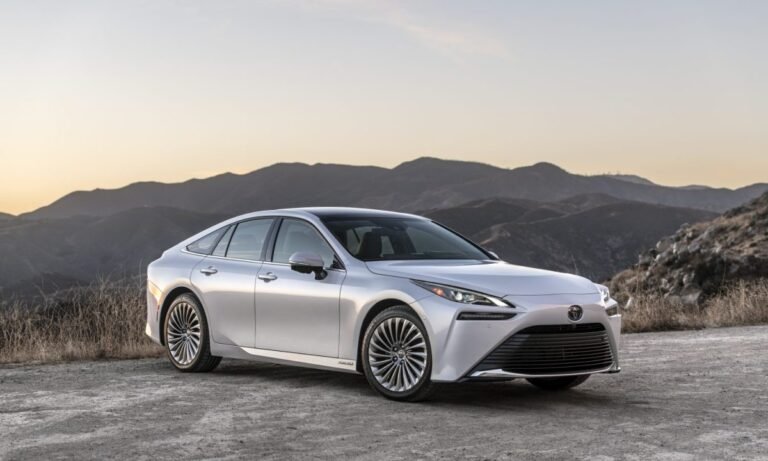
If you hurry, you can get $40,000 off a 2023 Toyota Mirai, a fuel-cell vehicle which retails for $52,000.
Toyota’s discount comes on the heels of Shell’s announcement three weeks ago that it’s closing its hydrogen filling stations in California.
Of those that remain, about a quarter are offline, according to the Hydrogen Fuel Cell Partnership.
So why are Toyota and Honda (and Hyundai and others) still so bullish on hydrogen?
If today’s hydrogen startups succeed, and if they’re able to build enough capacity to satiate industrial and shipping demand, then it might make sense to start selling fuel-cell vehicles to the masses.
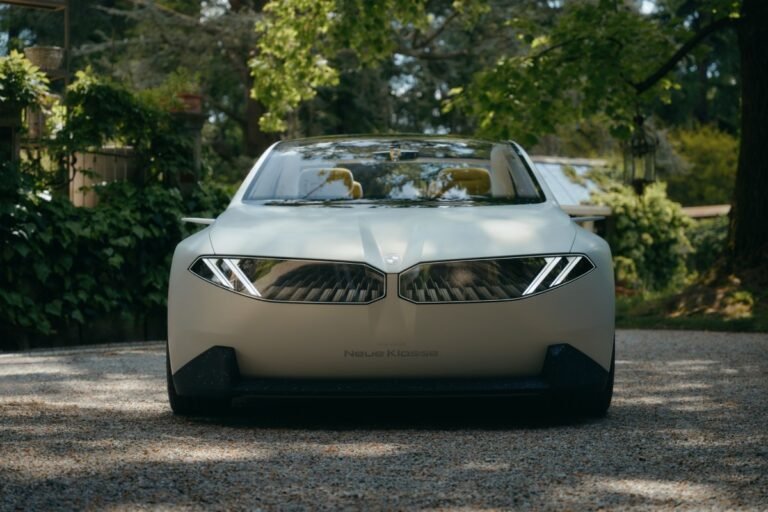
While other automakers are dialing back their electric vehicle plans, BMW is quietly going all in.
“The tipping point for the combustion engine was last year,” CFO Walter Mertl told journalists at a roundtable in Munich recently.
The German automaker has seen sales of its fossil fuel vehicles plateau and is expecting a slow decline, he said.
“Growth will come increasingly from electric vehicles.”BMW sold a record 2.5 million vehicles last year, 15% of which were all-electric.
This year, the company thinks it’ll sell 500,000 EVs, or 33% more than last year.
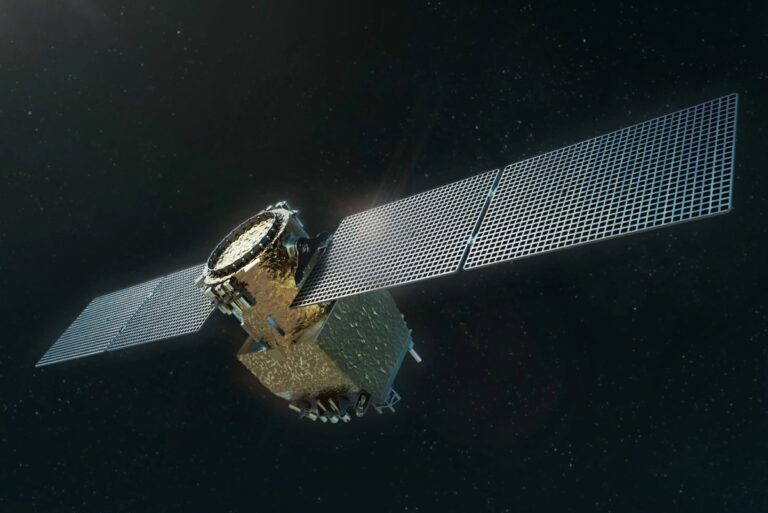
Orbital operations company Astroscale has revealed new details about its approach to refueling satellites in space, as part of a $25.5 million project exploring the concept with the Space Force.
The concept of on-orbit servicing and repair is attractive to anyone who doesn’t want to see a $100 million investment literally burn up.
Astroscale won a Space Force contract last Summer to explore the possibility in orbit, and the company just published how it plans to do so.
After refueling it, the APS-R will back off and perform an inspection of the client satellite, looking for any fuel leaks or other issues its operators might want to check.
No doubt we’ll hear more about this and other space sustainability projects well before then.

At least, CES 2024 suggests it is Hyundai, Nikola, Bosch and others are seriously pushing fuel cells, but why now?
At CES, Nikola finally showed off one of its first US-built hydrogen trucks that it’s starting to ship to customers.
The rides included a small train “capable of being powered by hydrogen energy” and an “AI fortune teller.”Why now?
For one, the 2022 Bipartisan Infrastructure Law put $9.5 billion towards “clean hydrogen initiatives” to create hydrogen production “hubs” across the U.S.
For example, Shell, BP, Chevron and ExxonMobil are all members of a lobbying group called the Clean Hydrogen Future Coalition.
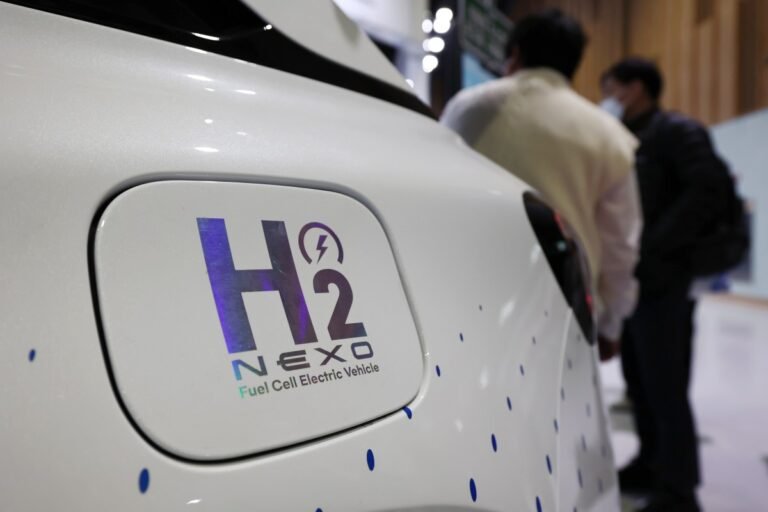
When was the last time you watched an automotive company wax poetic about diesel engine controllers for Class 8 trucks?
It’s true that Hyundai has invested in hydrogen fuel cells for decades, but it has also been one of the more successful legacy automakers at navigating the electric transition.
It’s odd that a company with so much momentum on its side would throw a hydrogen Hail Mary.
But maybe Hyundai’s EV rollout isn’t going as planned.
Enter hydrogen, a sector with a green aura about it, a useful distraction from more polluting realities.
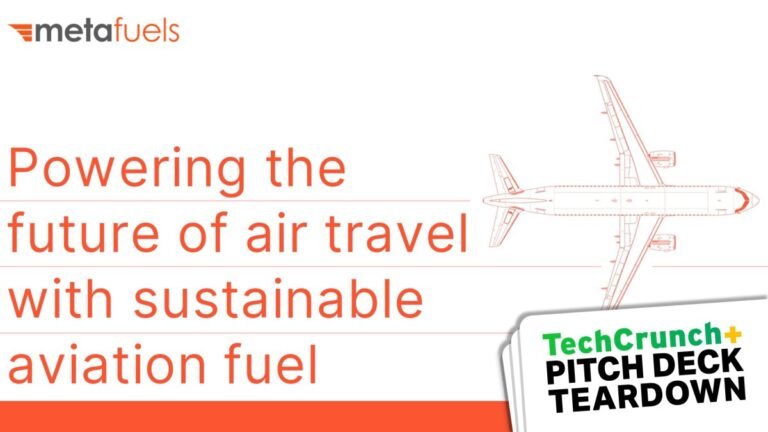
There are some minor redactions, but the bulk of this slide deck is intact.
In 2022, around 300 million liters of sustainable aviation fuel was produced, and that doubled this year to more than 600 million liters, per the International Air Transport Association (IATA).
Let yourself nerd out about the techWhen you’re building a deep tech company, the tallest pole in the tent is always going to be the tech itself.
Make it work, then make it work at small scale, then scale to production scale.
In the rest of this teardown, we’ll take a look at three things Metafuels could have improved or done differently, along with its full pitch deck!

Metafuels sets out to change the landscape of sustainable jet fuel, and has just picked up an $8 million suitcase from baggage carousel 3 at its local ZRH.
The company is making the sky green — literally — with its new fuel, which it calls aerobrew.
The company is focusing on jet fuel as its primary output, buying a ticket to make jet fuel conforming to aviation standards.
“Operational safety is paramount from fuel handling on the ground to high-altitude combustion performance,” notes Leigh Hackett, co-founder and CCO at Metafuels.
Metafuels’ eSAF technology enables a seamless transition away from fossil-based kerosene using a process they developed to convert green methanol to eSAF.













